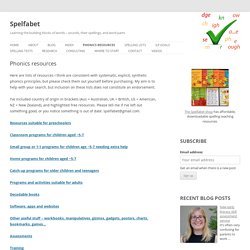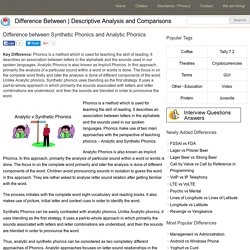

Early Childhood Domains. Author: Vicki Gibson, Ph.D.

Grades: Prekindergarten Preparing all children for academic success in kindergarten and beyond Developed to serve all Pre-K children, We Can is a proven, evidenced-based, early learning solution that supports teachers of all experience levels—addressing key foundational skills in the Common Core State Standards and other state standards for kindergarten. The robust, multidisciplinary curriculum provides a clear roadmap for early childhood success—featuring easy-to-implement lesson plans and a wide range of innovative learning tools. We Can integrates assessment with instruction and offers teachers multiple opportunities to observe children, identify their capabilities and needs, and monitor their progress. We Can: Delivers instruction and practice to support learning in all early childhood domains: Meeting Common Core and Other State Standards in Kindergarten: National Association for the Education of Young Children (NAEYC) Head Start learning outcomes frameworks.
2. Instructional Planning - Barnwell Growth & Opportunity. Syllabus development [Queensland Curriculum and Assessment Authority] Phonics resources. Here are lists of resources I think are consistent with systematic, explicit, synthetic phonics principles, but please check them out yourself before purchasing.

My aim is to help with your search, but inclusion on these lists does not constitute an endorsement. I’ve included country of origin in brackets (Aus = Australian, UK = British, US = American, NZ = New Zealand), and highlighted free resources. Please tell me if I’ve left out something good, or you notice something is out of date: spelfabet@gmail.com. Resources suitable for preschoolers Classroom programs for children aged ~5-7 Small group or 1:1 programs for children age ~5-7 needing extra help Home programs for children aged ~5-7 Catch-up programs for older children and teenagers. TPRI - Early Reading Assessment.
%%% Analytic Phonics. Difference between Synthetic Phonics and Analytic Phonics. Key Difference: Phonics is a method which is used for teaching the skill of reading.

It describes an association between letters in the alphabets and the sounds used in our spoken languages. Analytic Phonics is also known as Implicit Phonics. In this approach, primarily the analysis of a particular sound within a word or words is done. The focus in on the complete word firstly and later the analysis is done of different components of the word. Unlike Analytic phonics, Synthetic phonics uses blending as the first strategy. Phonics is a method which is used for teaching the skill of reading. Analytic Phonics is also known as Implicit Phonics. The process initiates with the complete word sight vocabulary and reading books. Synthetic Phonics can be easily contrasted with analytic phonics.
Thus, analytic and synthetic phonics can be considered as two completely different approaches of Phonics. Phonics. Synthetic phonics instruction. Synthetic phonics instruction. Six Skills for Teaching Reading. Crash Course in Phonics, part 2 – The Classroom Key. Word Lists & Flash Cards on Your Dictionary. Phonics Rules. Phonics Rules The vowels are "a,e,i,o, and u"; also sometimes "y" & "w".

This also includes the diphthongs "oi,oy,ou,ow,au,aw, oo" and many others. The consonants are all the other letters which stop or limit the flow of air from the throat in speech.
How to spell the 'short a' sound. Sequence phonological label. Untitled. ***IMPORTANT.